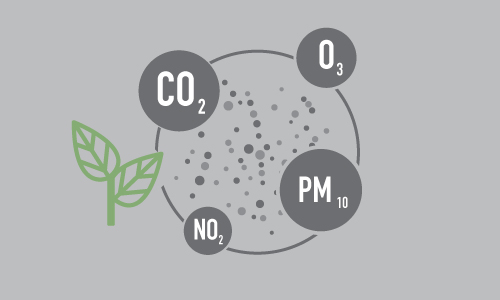


Depending on the type and level of noise number of workers exposed, and the type of work, engineering controls might not always be considered as reasonable solutions. See the engineering solutions below for examples.Īdministrative controls, (such as reducing the length of time the worker is required to work in a noisy area), and the use of personal protective equipment (PPE) are measures that control the noise at the worker. It is generally agreed that the solutions controlling the source are more cost effective than those controlling noise along the path. In terms of new installations, select quiet equipment, have a procurement policy that opts for acquiring quiet equipment, and eliminate design flaws which would amplify the noise.Įngineering modifications, those changes that affect the source or the path of the sound, are the preferred methods of noise control in already established workplaces where noise protection was not factored in at the design stage. In terms of equipment, always try to choose features that will reduce the noise level to a minimum acceptable level. The best way to reduce exposure to noise is to engineer it out at the design stage.

The exposure to noise can be reduced by eliminating the source of noise (if possible), substituting the source with a quieter one, applying engineering modifications, using administrative controls, and by using protective equipment.


 0 kommentar(er)
0 kommentar(er)
